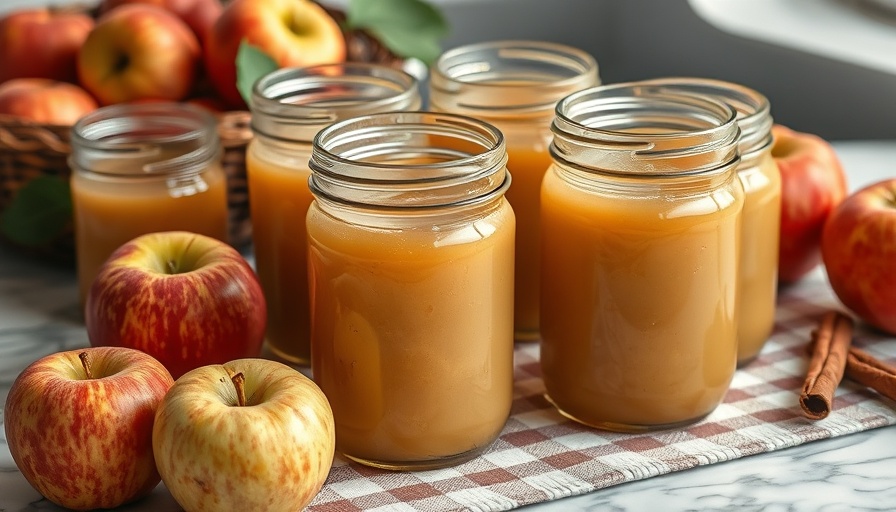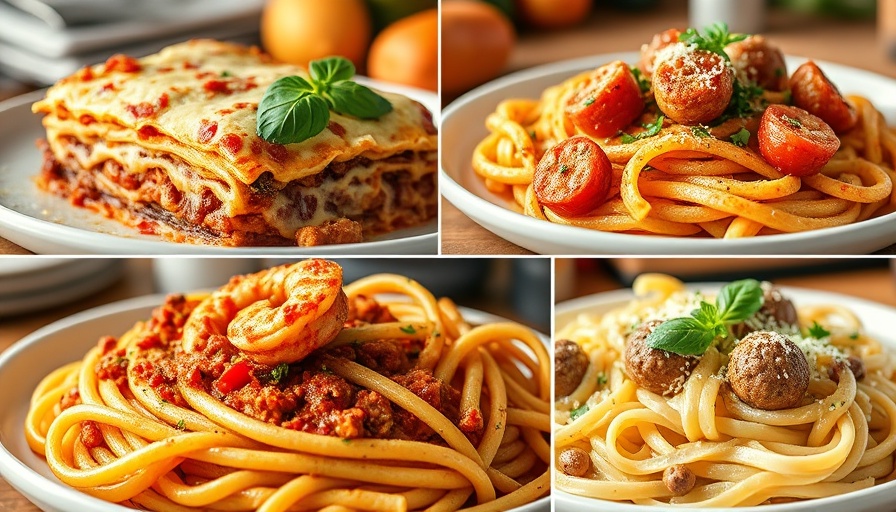
Rethinking Cottage Cheese: A Modern Superfood
For far too long, cottage cheese has been dismissed as a relic of outdated diets, often associated with bland, uninspiring meals. However, this creamy staple is undergoing a renaissance as health enthusiasts rediscover its incredible versatility and nutrient density. Packed with protein and rich in essential nutrients, cottage cheese is not just for diet plates anymore; it can elevate a wide array of dishes that will satisfy even the pickiest of eaters.
Why Cottage Cheese is the Ultimate Health Food
At just 220 calories per cup, cottage cheese packs an impressive protein punch—about 27 grams per serving! This high-protein content supports muscle repair and growth, making it a perfect choice for fitness enthusiasts and busy parents alike. With its low-carb profile, it can be seamlessly integrated into various dietary plans, including low-carb and gluten-free diets, and it's low in fat, making it a guilt-free culinary choice.
7 Delicious Cottage Cheese Recipes That You'll Ditch the Diet Myths For
By infusing flavor and creativity into these high-protein recipes, cottage cheese becomes the star of the meal rather than the supporting actor. Below are seven scrumptious recipe ideas that showcase the adaptability of this superfood.
- Marry Me Chicken Pasta: This dish merges comfort food with wellness goals as cottage cheese is blended into a creamy, tomato-rich sauce. It’s indulgent and guilt-free.
- Cottage Cheese Protein Waffles: These waffles are crispy on the outside and soft on the inside. They are the perfect weekend brunch treat that doesn’t compromise on nutrition.
- Cottage Cheese Lasagna: By swapping ricotta for cottage cheese, you can enjoy a lighter but still cheesy version of lasagna that’s sure to please everyone at the table.
- Cottage Cheese Egg Bites: Modeled after the Starbucks version, these are easy to prepare and serve as protein-packed snacks or breakfasts.
- Chocolate Cottage Cheese Pudding: For the chocolate lovers, this rich and creamy dessert satisfies sweet cravings while keeping health in check.
- Cottage Cheese Peanut Butter Bowls: A delightful blend of flavors, these bowls are great for a quick snack or breakfast on the go. Get creative with toppings!
- Cottage Cheese Egg Salad: This egg salad is transformed with the addition of cottage cheese, offering a lighter alternative perfect for wraps or toast.
Incorporating Cottage Cheese into Your Diet
As you can see, cottage cheese can shine in an array of recipes that range from savory to sweet. Adding this nutrient-packed ingredient to your meals can assist in meeting protein requirements, enhance energy levels, and add versatility to your cooking. Not only do these recipes promote wholesome eating, but they also demonstrate that nutritious food can be delicious and satisfying.
Final Thoughts: Transform Your Meals Today
With hundreds of healthy meal options at our fingertips, there's no reason to settle for boring food choices. Let cottage cheese turn your everyday meals into delicious celebrations of flavor and health. Challenge yourself to try these recipes this week and unlock the delightful essence of healthy cooking!
 Add Row
Add Row  Add
Add 







Write A Comment